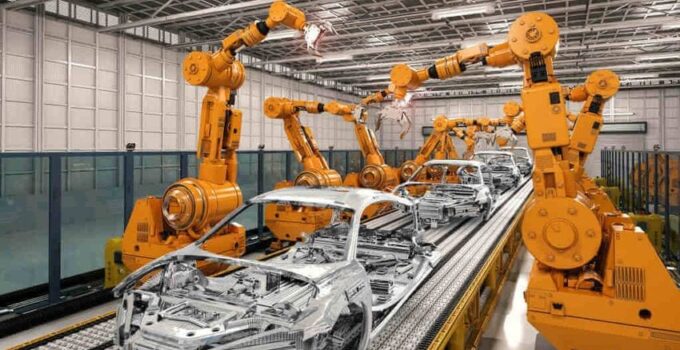Pick and place is one of the key steps of every production process. It is a technique in which products are selected and placed, relocated, packaged, and palletized.
Before applying robots, this important step was performed by human operators. Obviously, the process was repetitive and slow. Not only that, the job was tiring, afflictive and it also presented problems in product quality. But later, with the technological advancements, specific robots for pick and place operations were created.
These robots made the process simple and quick, minimized human errors to zero. In addition to that, the advent of pick and place robots allowed human operators to perform more sophisticated tasks that could contribute greater value to the final product and increase the company’s productivity.
Page Contents
Applications of Pick & Place robots
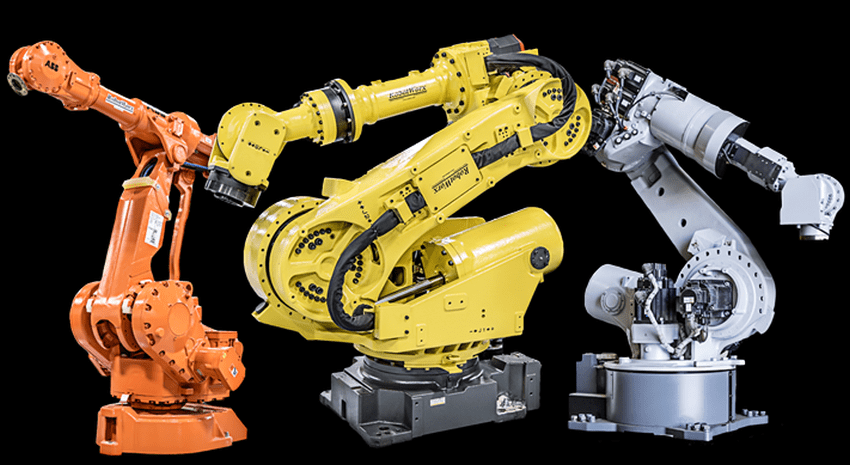
source:robots.com
The pick and place robots are quite adaptable to the final manufacturing area of ready-to-use products or spare parts. They are widely used to carry out product collection cycles, where products are picked and placed and then the cycle starts again.
Initially, the application of these robots was limited to the production processes in mechanical manufacturing such as the production of metal parts or rigid materials. But later, the horizon of these processes was broadened and it included many other sectors, including even the food sector, where strict hygiene and traceability control standards are extremely high.
Components of a pick & place robot
Every robot that performs the pick and place function comprises of three fundamental parts: the arm with the claw, the vision system and the motor with a controller.
1.Claw:
The handling claw is one of the most important elements of a pick and place robot; however, its shape depends on the product to be picked. Among the different types of claws, the following stand out.
-
- Vacuum grippers: These grippers are simpler and faster in their work.
- Mechanical grippers: These grippers provide more precision and are narrow on the opening side
2.The controller and servo motor:
Servomotors are robot’s muscles, they differ from standard motors as it is an all-in-one solution. The compact and light servomotor (some servo drives for robots weigh less than 1kg such as the one at rozum.com) can be integrated into any part or robot. The outstanding angular accuracy of such motors lets to use it for pick and place robots in laboratories, an environment where even 0.01-degree matters.
The collector is called the brain of the entire system. It contains programming instructions to detect each product as well as control and calculate the trajectories necessary for the collection and placement of the product. The programming instructions of the collector also include decision guidelines to minimize operational time selecting the closest product to the gripper product.
The controller receives all this information from the artificial vision system to manage and calculate the actions to be carried out and act on the control elements of the arm and claw.
3. Artificial vision:
Just like the other two elements, artificial vision is another essential element in pick and place robots. It is the vision that helps the robot controller to know the coordinates of the position of each product.
To ensure seamless operation of the artificial vision in a pick and place process two factors should be taken care of. One is the adequate lighting and the other is the color contrast between the product and the appropriate work surface.
How do Pick and Place robots work?
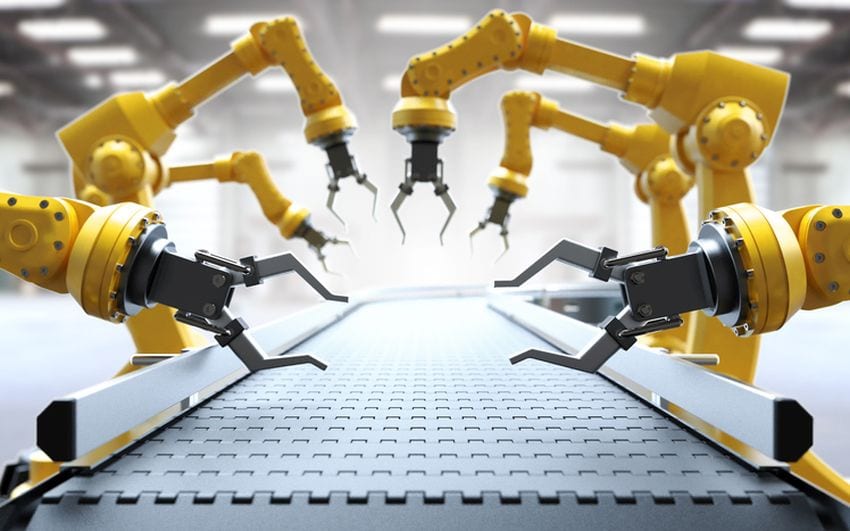
source:robotics.org
The working of the pick and place robots is dependent upon the three components mentioned above.
In the process, the products are captured by a vision system that determines its initial placement; the information is then sent to the controller that commands the robot arm to act. On the instructions of the controller, the arm with the help of a claw on the final wrist appropriate to the product to be treated, picks up the product and place it in the desired position.
It is surprising to observe the speed of work that this system can acquire when the method of vision and arm work are integrated into the production process.
Benefits of using Pick and Place Robots:
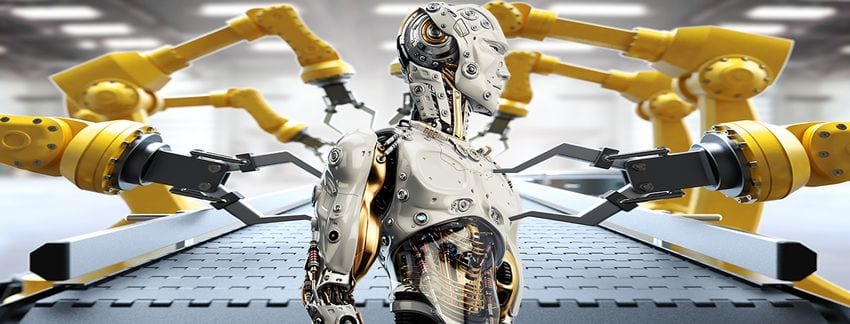
source:industrytide.com
The use of pick and place robot entails a series of benefits:
- The robot performs fast and quality packaging processes, reducing errors.
- It is able to make classifications of different products in their area of action and treat them independently.
- It carries out quality control in the vision because it only selects those products that meet the appropriate parameters.
- It increases the performance of the overall production process by performing its work at a high speed. Know that there are systems that manage up to 200 products per minute.
- The high precision of these systems in the picking and placing of product surpasses the precision of a human operator.
- Proper selection of Pick & Place robots
To make the right selection of pick and place robots, you need to know the requirements and specifications of the process that you intend to automate. Once you know the requirements, it is time to investigate the different solutions provided by different manufacturers. Choose the solution that provides other advantages in addition to the basic needs (increased production, inventory count, quality control piece by piece, extended warranty period etc.)
Requirement analysis and the desired outcome:
Before you buy a pick and place robot, it is good to pen down your requirements and the desired outcome. Usually, the main reason or the ultimate need for installing a pick and place robot is the process efficiency. For this, we need to determine the number of products that we would want the robot to manage per minute.
The capacity of a robot to manage a number of products per minute depends upon its specifications, servomotor’s characteristics, travel area of product and the position of the robot. To maximize the performance, map robot specifications with your requirements and minimize the travel area and the height.
Robot variable selection:
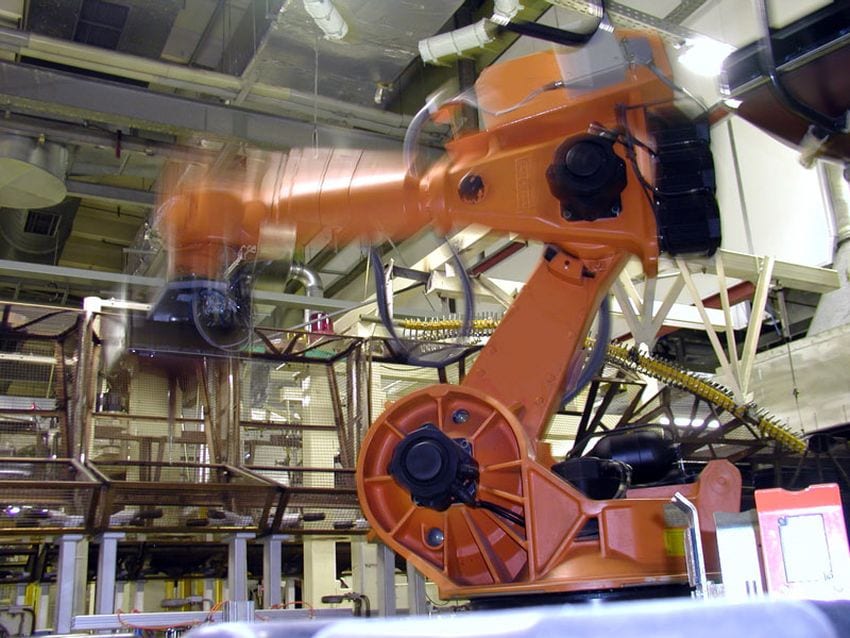
source:industrytide.com
To map your requirement and robot specifications, several variables that must be considered. Look at these here:
- The total load supported by the claw.
- The possible trajectories.
- The workspace, both in work plane and height.
- The accuracy of placement.
- Synchrony with other elements, such as conveyor belts.
- Operation cycles per minute to determine the robot’s speed and viability to achieve the required production efficiency.
- Conclusions and arguments for the use of Pick and Place robotics
The pick and place process is tedious for operators and often needs a lot of time without adding value to the product. Hence, the implementation of such a system in the company can offer considerable time savings that can be used to expand overall production. So, now if you ask for 3 major reasons to implement pick and place robotic system, we would suggest:
- These systems are already on the market!
- They work expeditiously and offer great benefits in terms of time and production.
- They are systems to take into account for any production company since they adapt to any product, improving production.
Having read this all, it’s your turn to save your time with the use of pick and place robots.

